We have made it our personal quest to try as many unique fruits of Asia as possible. Like European explorers hundreds of years ago, trekking across the ‘undiscovered’ jungles, slashing through thick ropes of vines and maneuvering around quicksand just to reach those exotic fruit morsels, we embarked on an equally epic journey, navigating the many categories and hidden sections of the Meituan and Hema apps to find the wackiest fruits available. Here is our ranking, from most delicious to downright disgusting, of the fruits we’ve discovered across China and Asia, the Top 10 (click here to see 11 to 25).
1. Lychee
Image by Sophie Steiner/That's
Lychees are everywhere in warm weathered parts of Asia, and truly deserve to be for their juicy, addictively sweet flavor. With a texture similar to the inside of a grape and a smooth, pebble-like inner seed that just peels away easily from the fruit’s flesh, lychees are too easy to consume. To top it off, lychee is high in the antioxidant oligonol and low in calories, so snacking away on these yummy fruits is both delicious and healthy!
2. Soursop
Image by Sophie Steiner/That's
Soursop is everything we want out of a tropical fruit – a sweet pineapple aroma, a tangy flavor of strawberry mixed with melon – tied together with a hint of lemon citrus – and a thick, creamy texture reminiscent of a ripe banana. Wow, that was a mouthful to say, and made us wish that we had a mouth full of soursop! It’s no surprise that this fruit’s popularity extends from Asia to South America to Mexico.
3. Egg Fruit
Image by Sophie Steiner/That's
Egg fruit is small and heart-shaped, growing mainly in hot, humid climates like Taiwan, the Philippines, Vietnam and Cambodia. Its name comes from the texture of the fruit, which is similar to a hard-boiled egg yolk or, in our opinion, cheesecake or creamy mousse. The flavor is like a much sweeter, fruitier pumpkin, and it can be eaten raw or used in jams, baking or smoothies. Blend it with some milk for an eggfruit nog!
Image by Sophie Steiner/That's
4. Jackfruit
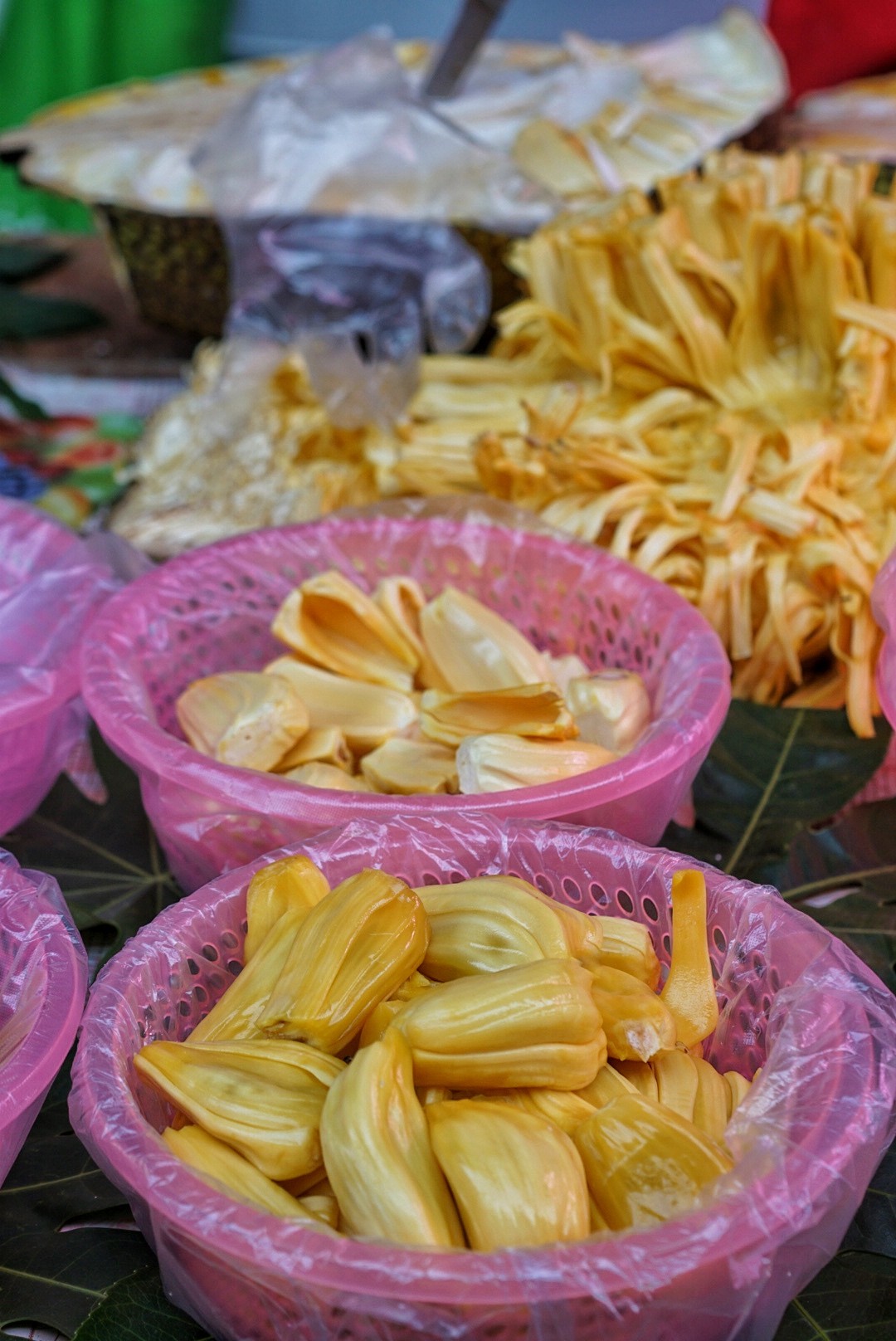
Image by Sophie Steiner/That's
Jackfruit has gained popularity in the West in the last five years for its ability to work in a wide range of dishes, both sweet and savory. Although at first glance the skin looks like a durian, the smaller bumps on the skin give it away. Peeled apart from large sections, each jiaozi-sized pod tastes like a cross between banana, mango and pineapple, with the texture of a yellow bell pepper. It’s fruity and tropical, an on-the-go snack that’s not messy to eat, like mango. Young jackfruit is less fruity, lending itself better to savory dishes like curries and chilis, and as a grilled meat alternative across Asia, India and – more recently – in the West.
5. Mangosteen
Image by Sophie Steiner/That's
The mangosteen is known as the Queen of Fruit, and is most famous for its cooling effect, according to TCM. The thick outer layer gives way to a pure white, slippery soft inside that is divided into 4-6 sections. As you plop them into your mouth, the velvety fruit texture melts instantly. It’s sweet, a bit tart, tangy and unbelievably refreshing.
Fun fact: you can tell how many sections will be inside your mangosteen by looking at the flower shape on the bottom of the mangosteen shell – each ‘petal’ represents one section.
6. Longan
Image by Sophie Steiner/That's
If an onion crossed over to the juicy fruit dessert world, a longan would be the result. Usually overlooked for other more colorful options, these marble-sized, vine-connected, brownish-gray balls are sweet and light. Longans are in season mainly in winter, but you can easily find them throughout the majority of the year, both dried and fresh. Part of the soapberry family, along with lychees and rambutans, longans tend to be less aromatic in taste.
7. Rambutan
Image by Sophie Steiner/That's
Although fruit similar in flavor to lychee, the rambutan’s outside appearance and consistency of the pit are the major distinguishing factors between the two. A rambutan’s peel is thicker with a woodier texture, so it doesn’t peel away from the fruit as easily as a lychee does, dropping it further down on our list of favorites. The actual semi-translucent rambutan flesh is also thicker, due to its higher fiber content, and the flavor is less sugary and tastes more like a melon.
Fun fact: The rambutan’s most notable characteristic is its leathery red skin, covered in fleshy pliable spines – or hairs – which provide this tropical fruit with its name, the Malay word for hair: rambut.
8. Snake Fruit
Image by Sophie Steiner/That's
Looking at a snake fruit, it’s obvious where the name comes from – the scaly, leathery python-like texture of the fruit’s shell that peels away like a serpent shedding its outer skin layer. Weird? Yes. Gross association with snakes? Kind of. Delicious? You bet your snake butt it is! Once the peel is removed, you’re left with 2-4 pieces that look similar to huge cloves of garlic. There is a large smooth seed in the middle of each piece, but the rest is consumable, with a crisp and crunchy texture like a fresh fall apple. The flavor of salak, as it’s most commonly known in Malaysia and Indonesia, ranges from mildly tart and sweet to slightly sour.
9. Santol
Image by Sophie Steiner/That's
Santol tastes like two mouth-watering fruits in one: at first, the perfect combo of a peach and a baked apple; as you work your way to the inside of the fruit, however, it becomes progressively whiter and more velvety, akin to a mangosteen, but with an even better balance of saccharine sweetness and acidic sour bite. When ripe, the fruit is eaten fresh or used in curries, soups or salads. While santol only exists in tropical areas – think Thai or Philippine islands – it’s worth seeking out.
Not-so-fun fact: Be careful not to swallow the seeds; every year there are roughly 200 cases of emergency surgery due to abdominal obstruction resulting from santol seed consumption.
10. Ambarella
Image by Sophie Steiner/That's
Eaten in many equatorial countries across the globe, this sour fruit tastes like a mix of passion fruit, pineapple, and unripe mango, with a crunchy consistency. Used as a souring component in shrimp paste or a crunchy ingredient for rujak salad in Indonesia and Malaysia, soaked in vinegar with chilis as a Sri Lankan snack food known as achari, coated in sugar, salt and chili as a street snack in Vietnam, macerated with licorice extract in Jamaica or made into jams in Fiji, there seems to be an endless way to consume this tropical fruit, each one better than the last.
READ MORE: 25 Asian Fruits Ranked From Delicious to Disgusting: 10 to 25
[Cover Image by Sophie Steiner/That's]
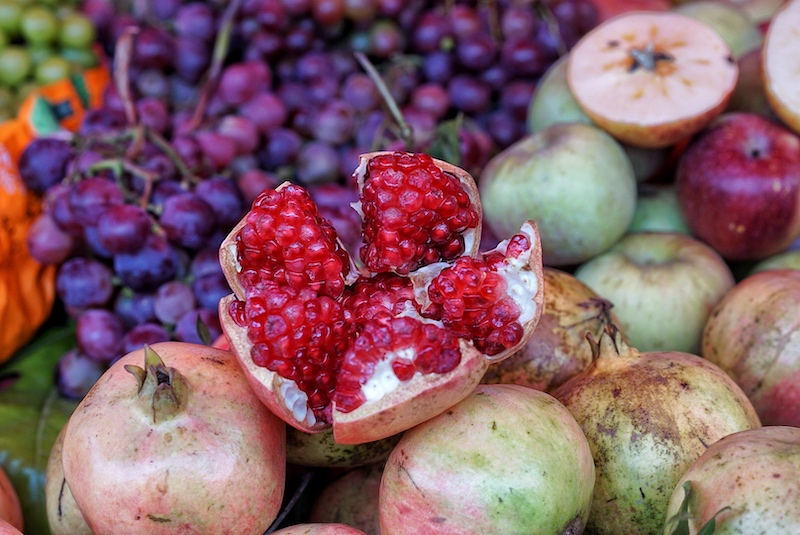




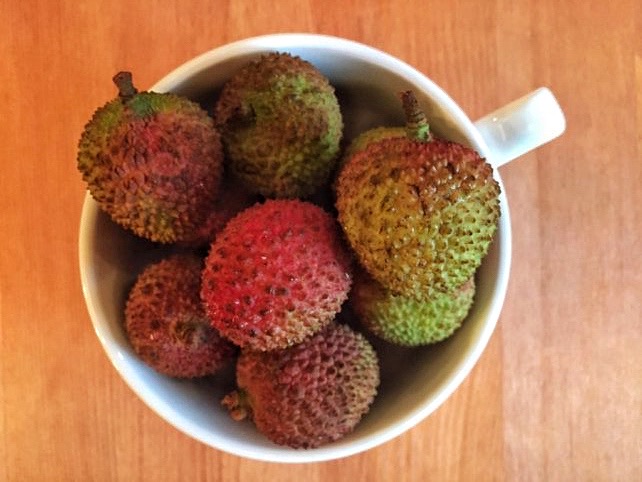
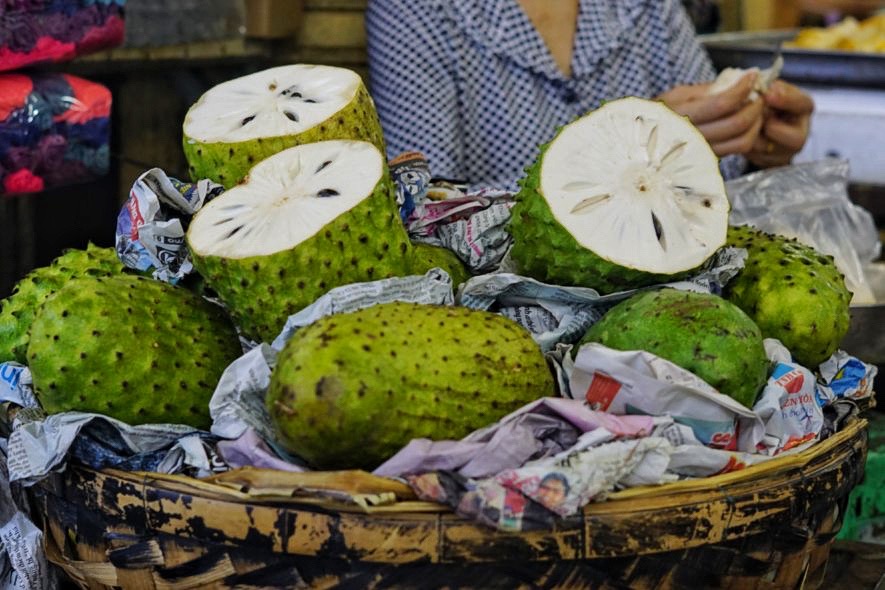
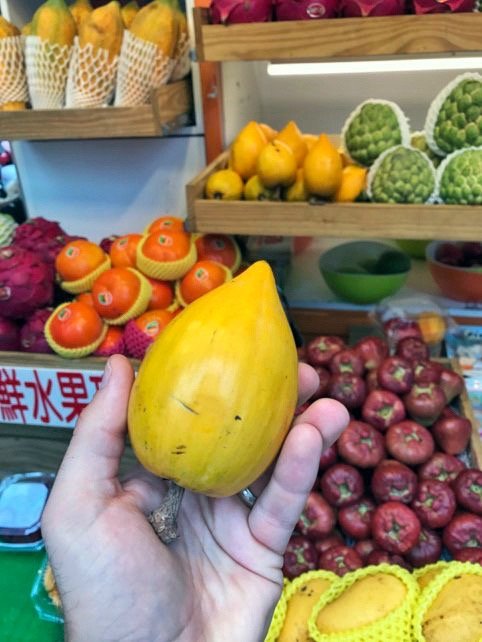
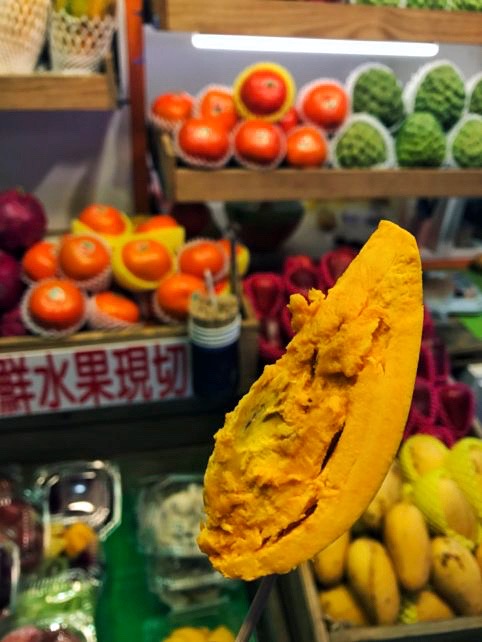
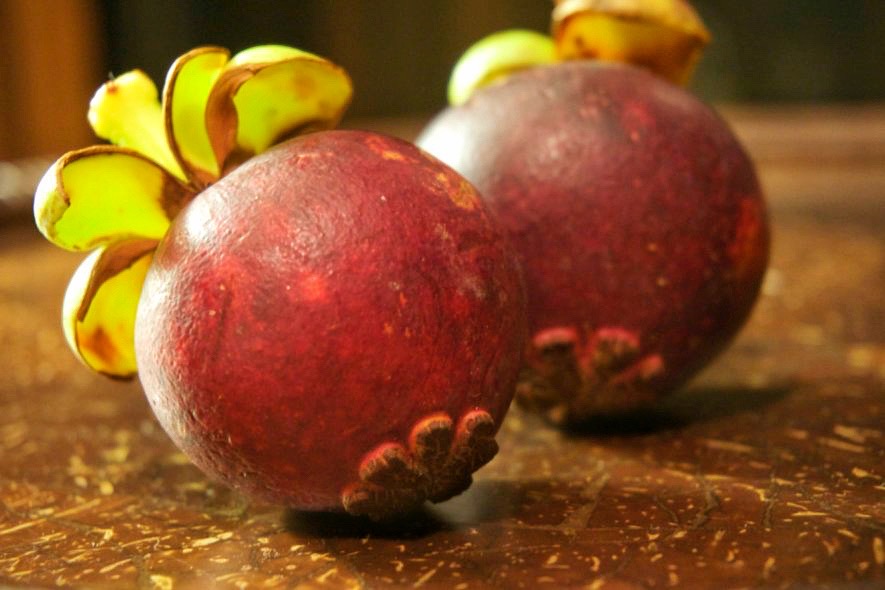
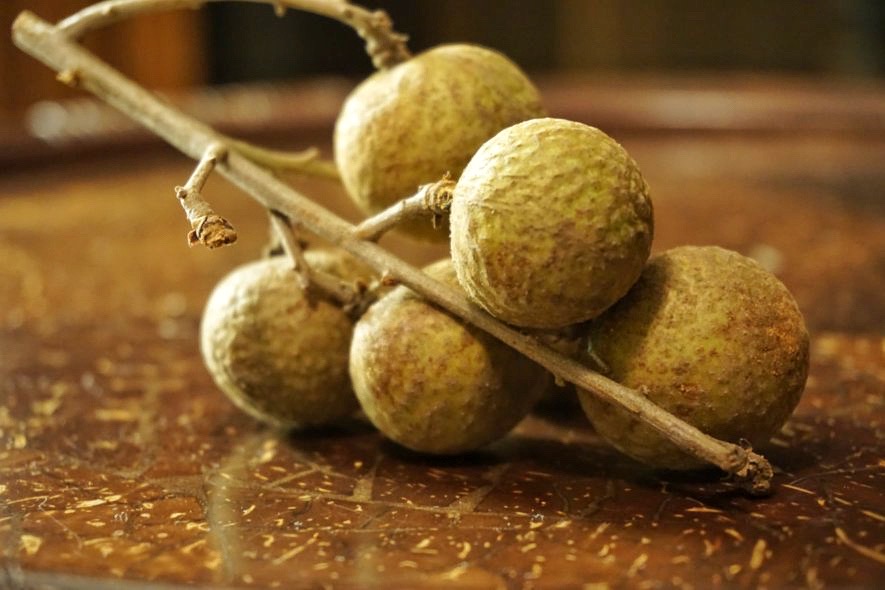
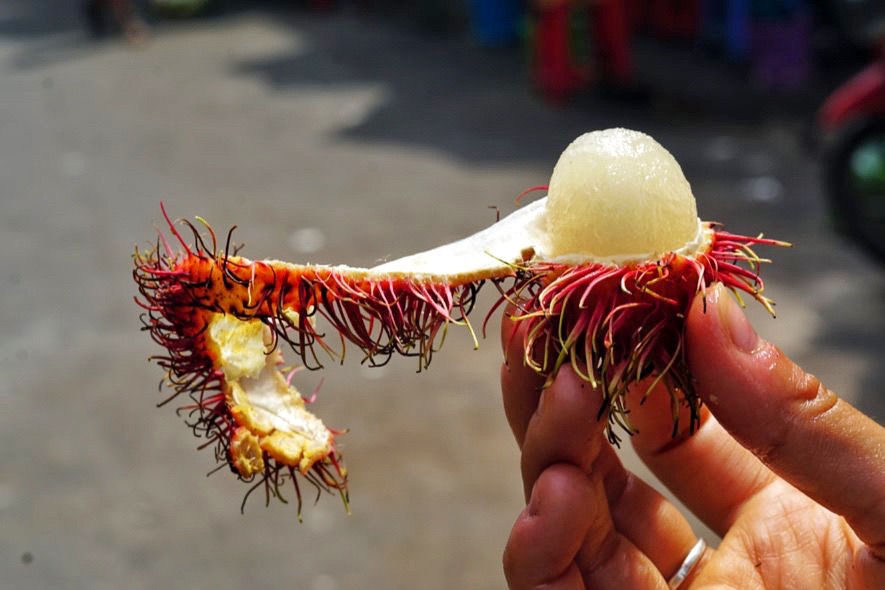
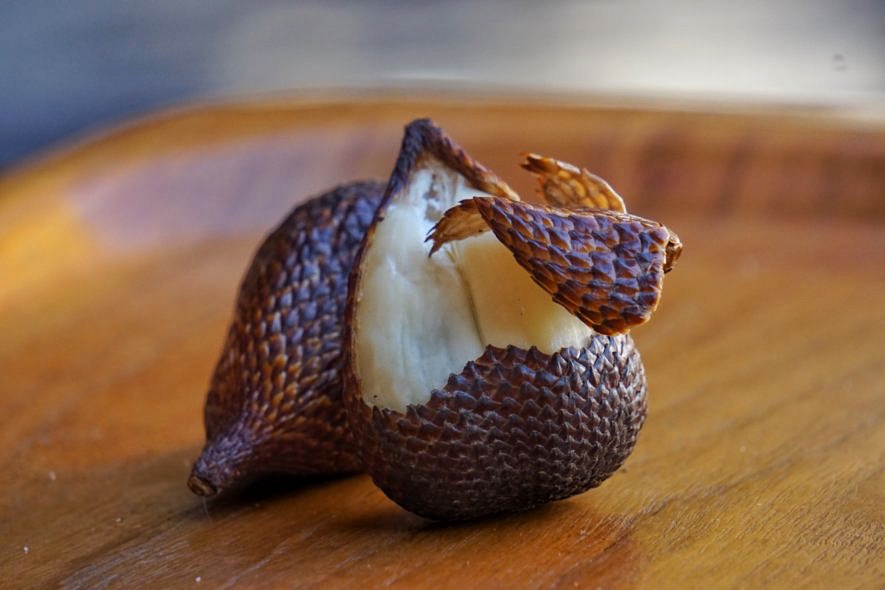
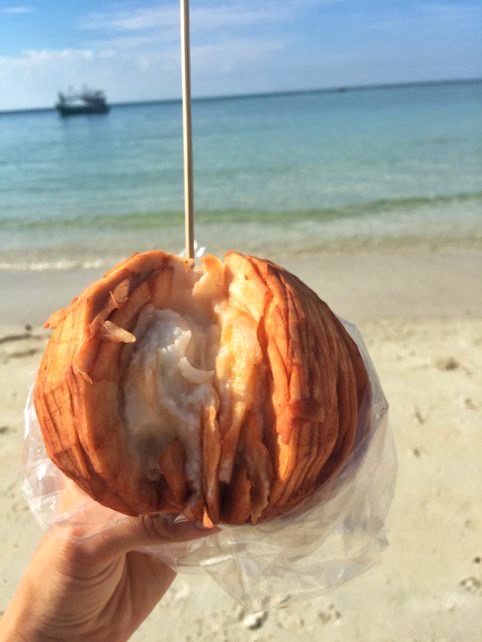
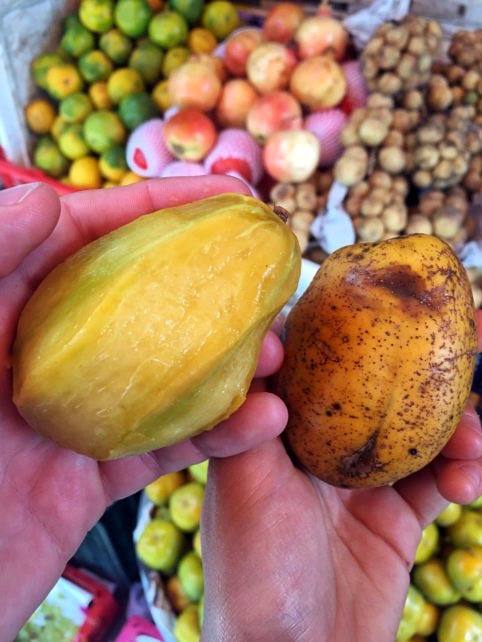

















0 User Comments